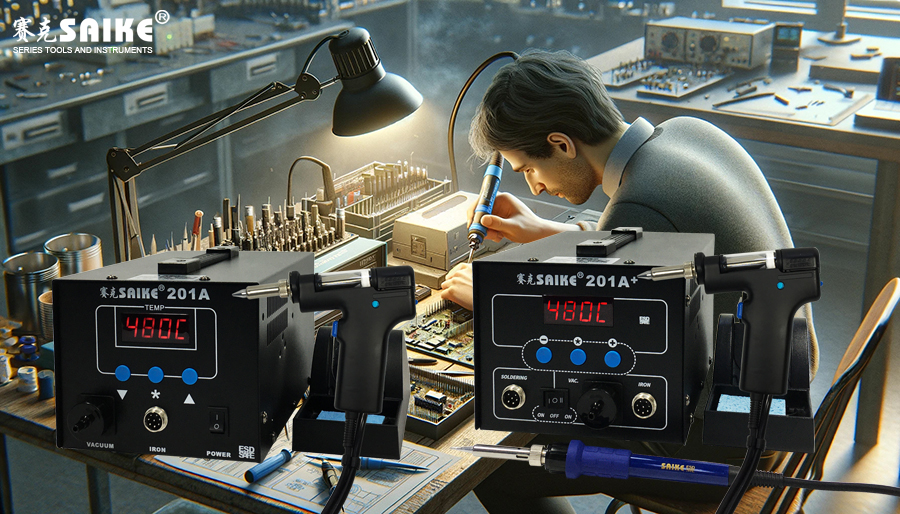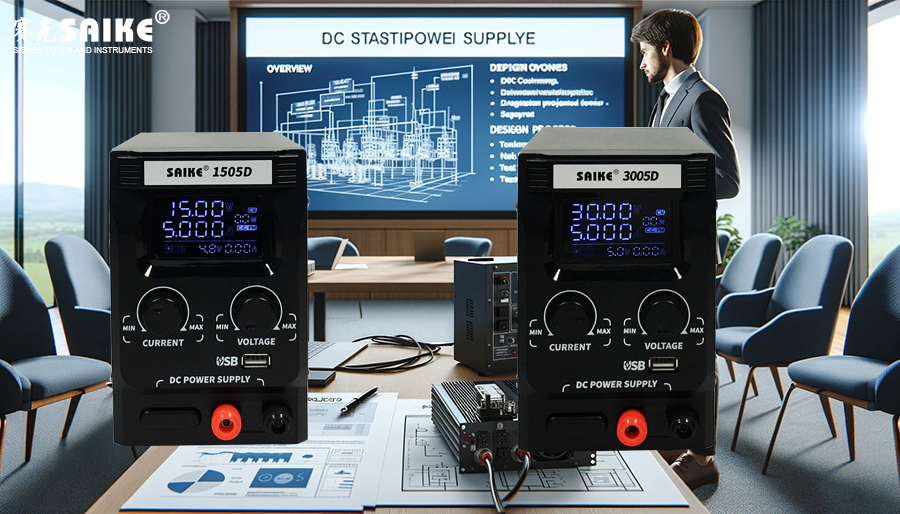
SK-YJ000ZLWYDY-KP 100005
The DC stabilized power supply is a common and important component in electronic equipment, whose main function is to provide a stable DC voltage output. Understanding the working principle of the DC stabilized power supply is crucial for electronic engineers and technology enthusiasts, as it helps them better design and maintain electronic equipment. This article will introduce the basic working principle of the DC stabilized power supply in detail, including its main components and functions.
I. Main Components
1.Transformer
– The transformer is used to convert the input AC voltage into a lower or higher AC voltage to meet the needs of the power supply.
2.Rectifier
– The rectifier converts the AC voltage output from the transformer into DC voltage. This is usually achieved through diodes or bridge rectifiers.
3.Filter
– The filter is used to smooth the rectified DC voltage and eliminate high-frequency fluctuations, known as ripple, in the voltage.
II. Voltage Stabilization Regulation
1.Linear Regulator
– The linear regulator stabilizes the output voltage through a regulating element (usually a transistor) operating in its linear region. When the input voltage or load changes, the regulating element alters its resistance to maintain a stable output voltage.
2.Switching Regulator
– The switching regulator generates a stable output voltage by rapidly switching a power switching element and utilizing an energy storage element (such as an inductor or capacitor). This type of regulator is more efficient but may generate more electromagnetic interference.
III. Feedback Control
1.Feedback Loop
– To ensure the stability of the output voltage, the DC stabilized power supply usually includes a feedback control loop. This loop monitors the output voltage and compares it with a preset reference value. Any deviations are used to adjust the regulating element, thereby correcting the output voltage.
2.Error Amplifier
– The feedback loop typically includes an error amplifier that amplifies the difference signal between the output voltage and the reference voltage, providing a sufficient control signal to adjust the regulating element.
IV. Protection Functions
1.Overload Protection
– DC stabilized power supplies are usually designed with overload protection to prevent equipment damage caused by excessive current.
2.Temperature Protection
– When the internal temperature of the power supply exceeds a safe threshold, the temperature protection function will cut off the output, protecting the power supply and its load from damage.
V. Summary
The working principle of the DC stabilized power supply involves several key steps, including transformation, rectification, filtering, and voltage stabilization. They ensure the stability of the output voltage through a feedback control system and have necessary protection functions to prevent various electrical faults. Understanding these basic principles helps to correctly select and use DC stabilized power supplies in applications, as well as troubleshoot and repair them.


